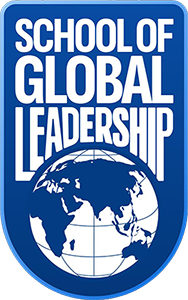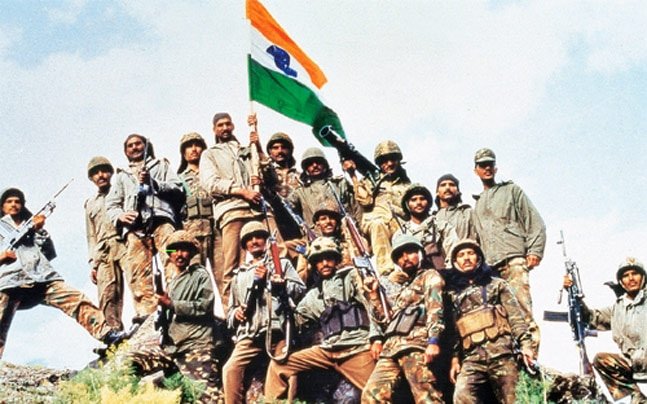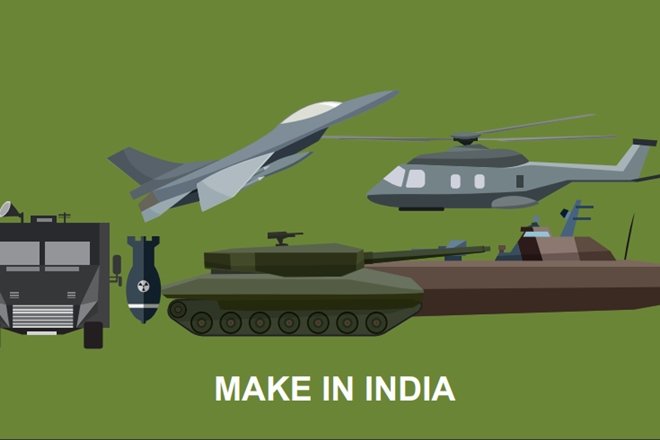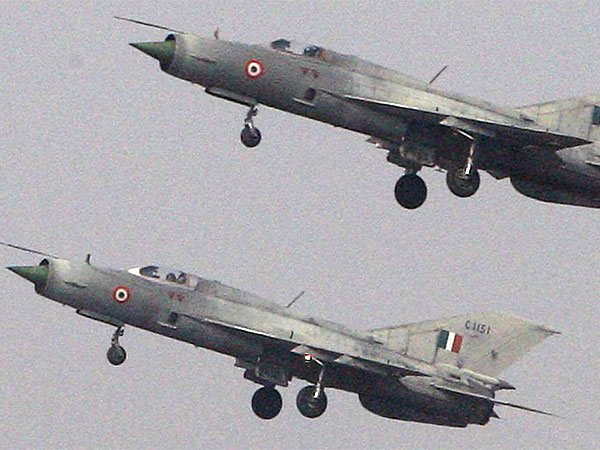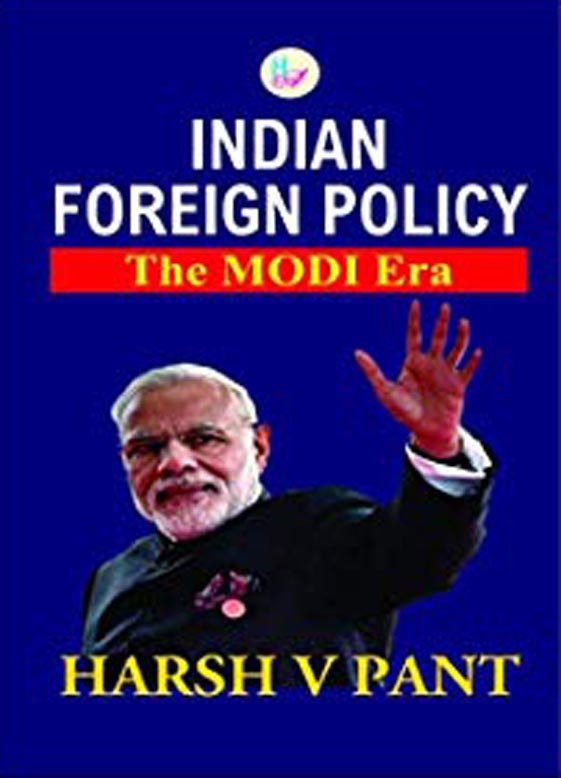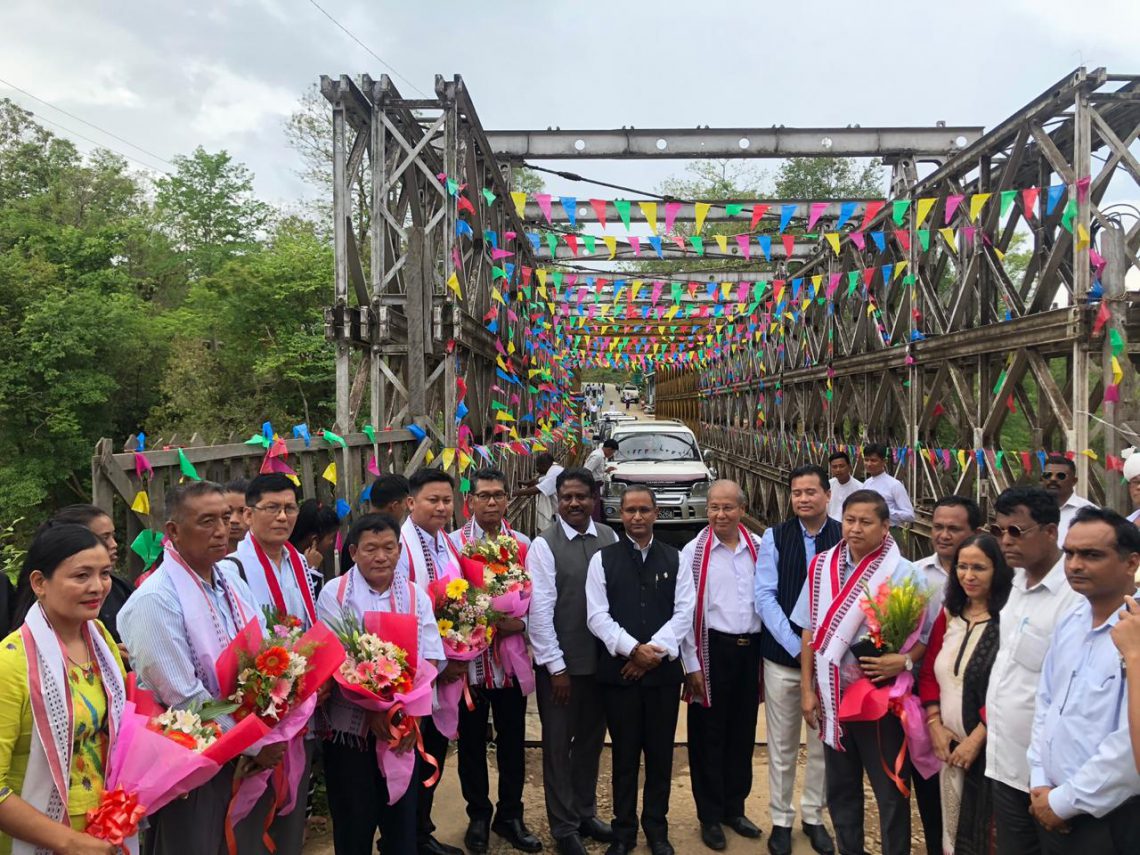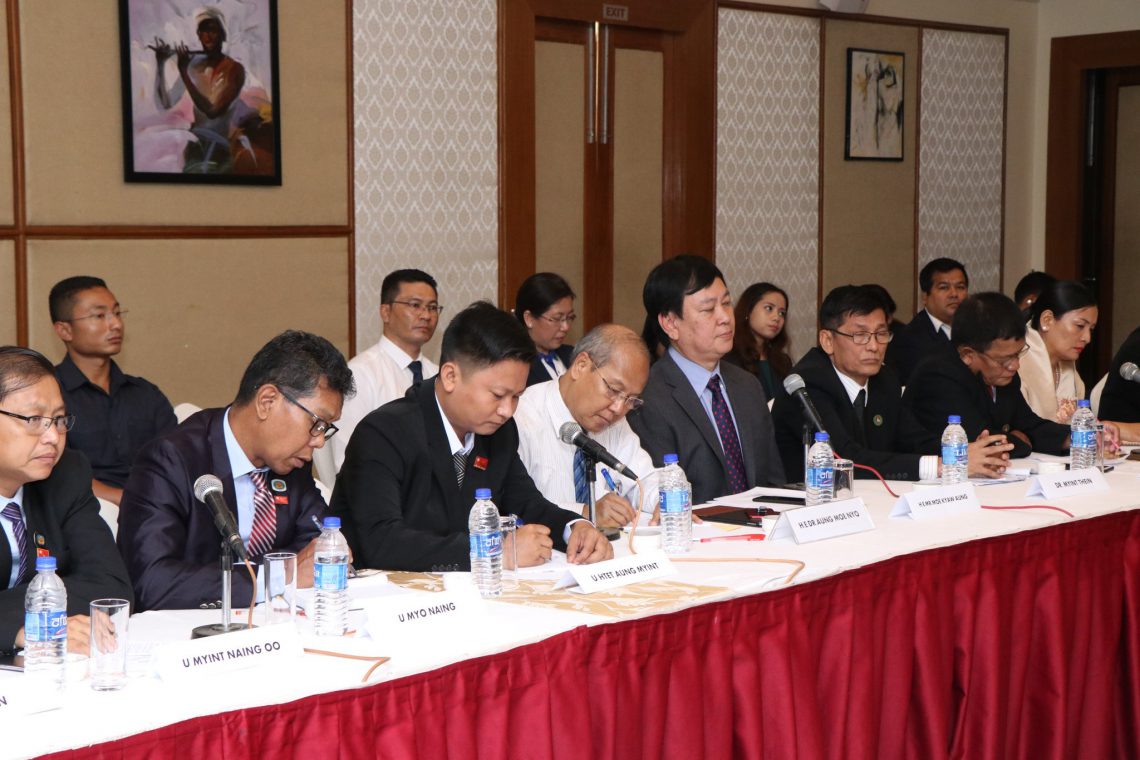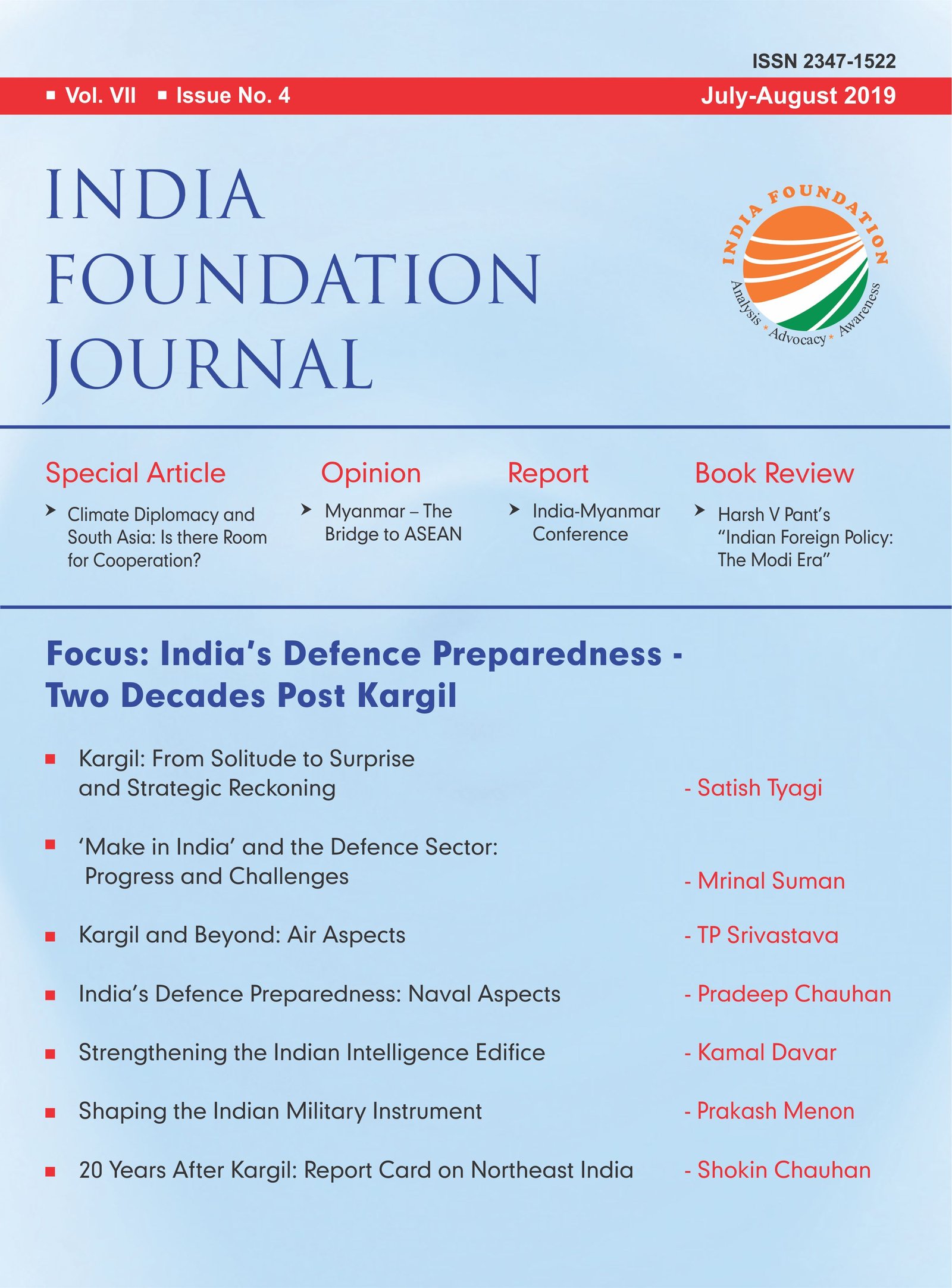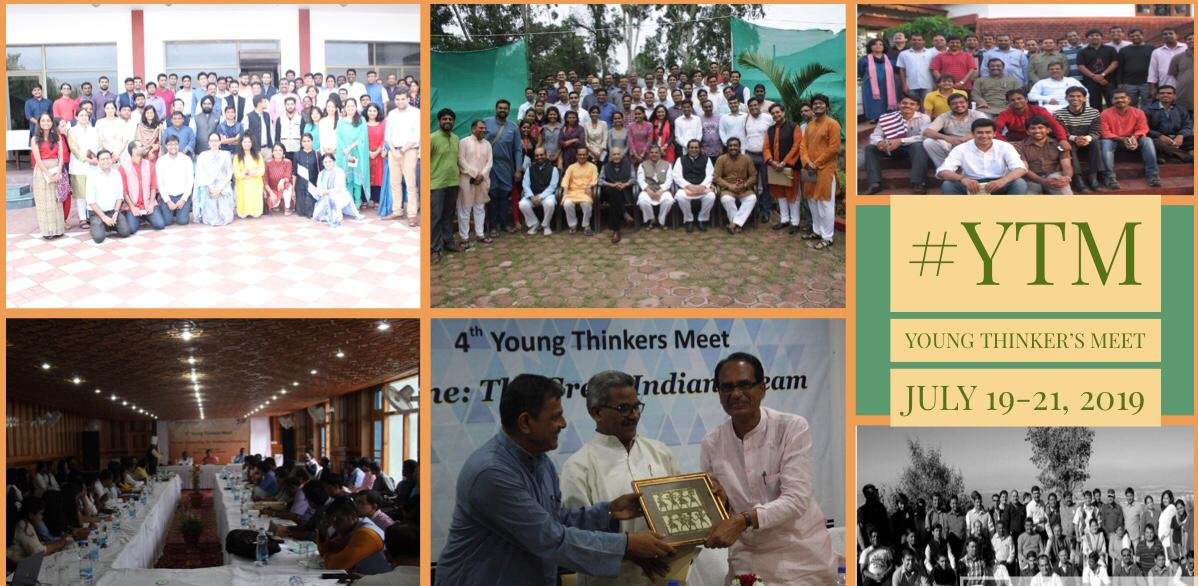Kargil is a small town located along the Suru River, a tributary of the Indus, in the Ladakh region. Historically, it served the purpose of transit and trading point between Skardu, Leh and Zanskar valley. Approximately 200 kilometres from Srinagar and situated on the Srinagar-Leh National Highway, the region is sparsely populated with diverse ethnic and religious groups. Isolated valleys, separated by some of the world’s highest mountains in the Himalayas, offer very tough living conditions.
Historical Context of Kargil War
Historically, Kashmir region has seen little peace as invaders have come in hordes, for plunder, loot and rape. Over time, large scale conversions have also taken place, which has changed the demography of the region. The partition of India and the subsequent accession of the state of J&K left behind its own legacy for the future generations to cope.
When partition took place, Pakistan laid claim to the princely states of Junagadh, Hyderabad and Jammu and Kashmir. As Pakistan bordered J&K, it tried to wrest the state by force, sending in hordes of armed invaders duly supported by elements of the Pakistan army. For India, it was the first bitter taste of things to come and the future did not bode well. Fearing rout of its people, Maharaja Hari Singh of Kashmir signed the “Instrument of Accession” with India, which enabled the Government of India to send in the Indian Army to restore the situation. The first unit of the Army was flown in to Srinagar airfield on 27 October 1947. The troops quickly moved out and made contact with the raiders who were on the outskirts of Srinagar. From then onwards, the raiders were steadily pushed back from the Kashmir valley.
The war however was far from over, with regions in Gilgit, Gurais, Skardu and Kargil still remaining under Pakistani control. Leh too was threatened and needed to be defended. Once again, the Indian Army played a stellar role. Leh airfield was captured by Indian troops by a small column sent under Major Prithi Chand. Under the command of Brigadier K.L. Atal, Lieutenant Colonel Rajinder Singh Sparrow deployed tanks on Zoji La Pass to open the Srinagar-Leh National Highway, a feat never attempted before by anyone in the world1. The problem of weak bridges was circumvented by removing the parts like turrets of the tanks and moving them on mules. By November 1948 the entire area was liberated. Since the matter was referred to the United Nations (UN), it established a Commission—United Nations Commission for India and Pakistan (UNCIP). On 21 April 1948, another resolution was passed to secure withdrawal of all Pakistanis and tribesmen from Jammu and Kashmir and the Government of India was requested to reduce its forces to the minimum strength, after which the circumstances for holding a plebiscite should be put into effect on the issue of accession to either India or Pakistan. In August 1948 a further resolution was adopted by UNCIP along similar lines.
There were three main clauses of the UN Resolution; the first was to accept and implement the ceasefire, the second was the withdrawal of all Pakistani troops and raiders from the entire State of Jammu and Kashmir and finally, both the countries were to reaffirm that the future of the State shall be determined in accordance with the will of the people. The Indian position on the issue remains clear – that the Instrument of Accession on 26 October 1947 gave the right to control the defence, communications and external affairs of the state to India and that the Pakistani aggression violated legal norms and ground realities.
The ceasefire came into effect from 1 January 1949, and was monitored by UN Military Observer Group India Pakistan (UNMOGIP). Approximately one-third of the J&K state remained with Pakistan, effectively dividing the state of J&K. Despite the UN Resolution, Pakistani troops and raiders continued to remain in occupied areas at many places. In the meantime, on 2 March 1948, Sheikh Abdullah was installed as Prime Minister and Maharaja was obliged to relinquish control of the state. First round of elections in Kashmir were held in 1951.
An understanding of the First J&K war is necessary because it highlighted the use by Pakistan of irregular troops, intermingled with regular forces for achieving military objectives. Pakistan’s penchant for using irregulars or nonmilitary means to attempt annexing Kashmir from India has continued since then. Terrorism from across the border and fomenting trouble in Kashmir are part of the same design. Operation TOPAC, Operation GIBRALTAR and GRANDSLAM were launched by Pakistan to annex Kashmir which involved riding on the back of militants or terrorists. The fourth round at Kargil in 1999 was yet another attempt in the same series and was a manifestation of continuing India-Pakistan hostilities over Kashmir.
Destabilisation of Kashmir in one form or the other has continued ever since the days of UN Resolution. India has been willing to resolve differences and towards this objective, the then Prime Minister of India, Shri Atal Behari Vajpayee, took the initiative and visited Pakistan from 20-21 February 1999, on the inaugural run of the Delhi-Lahore bus service in response to an invitation by the then Prime Minister of Pakistan, Muhammad Nawaz Sharif.2 Cordial discussions were held on the entire range of bilateral relations, regional cooperation within SAARC, and issues of international concern. Pakistan and India signed a Memorandum of Understanding on 21st February 1999, identifying measures aimed at promoting an environment of peace and security between the two countries and the two Prime Ministers signed the Lahore Declaration embodying their shared vision of peace and stability between the two countries and of progress and prosperity for their peoples.3
But, the peace seemed to be elusive and despite the overtures by the Indian Prime Minister, Pakistan continued with its old game. The bus from Lahore had not yet reached Delhi when the Pakistani Army, once again, began pushing in regular forces, disguised as militants, into the Kargil heights, catching the Indian establishment by surprise. This was to be a costly failure for India.
Surprise and Detection of Intrusion
From a purely military point of view and taking into consideration the peculiar characteristics of the area, rugged, treacherous terrain and inhospitable climate, the area was divided into two separate parts based on the enemy threat and infiltration, namely the high threat and low threat areas. It was felt that any enemy movement into this area would be along the existing roads and tracks. Consequently, Indian deployment was based on this perception with strength varying according to the threat. The heavy snow accumulation along ridge lines made any movement impossible and hence the troops were deployed along various nalas and rivers to check infiltration during summers. Enemy intrusion to occupy heights and sustaining it during the harsh winters was considered impracticable and as such, the peaks were not patrolled. The planners of the operation in Pakistan took full advantage of this fact.
Pakistan’s Strategic Calculations
Intrusion in Kargil was a result of miscalculations of the Pakistani military elites who felt that the successful management of insurgency in Kashmir by the Indian Army was diluting their Kashmir cause. According to Sumit Ganguly4, an expert on India Pakistan relations, the planners were emboldened by Pakistan’s nuclear acquisition and resultant assumed annulment of Indian conventional superiority. Under the nuclear umbrella, Pakistani military decided to risk the intrusion in Kargil.
Kargil was chosen as it presented the opportunity to dominate the National Highway from Srinagar to Leh, a lifeline to Ladakh region which if denied would isolate Ladakh from Kashmir. If this was successfully implemented, holding Siachen would have become untenable. But, it was not to be; Pakistani military elites miscalculated the might of the Indian Army and the will of the people.
Pakistani diplomats denied any intrusion and presence of their army by the simple expedient of calling the infiltrators as militants who were not under their control. Dr. Shireen Mazari, from Islamabad Institute for Strategic Studies and others from Pakistan, gave several arguments during Kargil Conference held at Naval Postgraduate School in Monterey, California in 2002. The Indian side was led by Gen. V.P. Malik and the author too was in the Indian side. Participants from Pakistan argued that Kargil was the continuation of the five-decade old India-Pakistan dispute over Kashmir. According to them, a small number of senior officials in the Pakistan army planned the Kargil operation as a reaction to the Indian army’s forward military policy, which culminated in occupation of the Siachen Glacier in 1984. They contended that Pakistan’s military planners worked on the premise that occupation of un-held areas in Kargil would enable them to choke Indian defences in Leh and Siachen. Hence, it was the Siachen dispute that eventually spilled over into a new territorial dimension in 1999 – Pakistan army’s intended control over the Kargil heights.5
Pakistan further tried to mislead the world and the lies made progressively were proved wrong in time:
l Initially Pakistan maintained that “Militants had infiltrated in Kargil and it was not a military intrusion.” Capture of Prisoners of War and the military equipment and personal diaries indicated Northern Light Infantry troops were dressed as Mujahideen who occupied the peaks. Pakistan denied Northern Light Infantry was part of regular army.
l Subsequent lie was, “Kargil intrusion was an initiative taken by local military commanders who adventured to occupy a few places close to the LoC but found unheld peaks resulting into inching forward unopposed till they found themselves looking down at the National Highway around Kargil.” In her recent publication Naseem Zehra maintains that, “Operation KP (Koh Paima), planned as a smooth, unhindered military operation in IHK, had turned into a Pakistan-India mountain battle of attrition. The die had been cast. Op Kargil had turned into the Battle of Kargil.”6
Kargil War
Kargil had been comparably peaceful with little or no incidents worth reporting taking place for long periods. Winter also meant vacating inaccessible posts for the season. Intelligence inputs did indicate some heightened activities across the LoC in this region but it did not raise any alarms and surprise and deception used by Pakistan was successful in taking advantage of it. Patrols in Batalik sector did notice some movement in the area when a shepherd corroborated having seen presence of foreign troops in Banju in the month of May 1999. Quick reaction teams and patrols were rushed to several places confirming the worst of the doubts.
Indian military commanders read the inputs and realised the gravity of the situation. Although the troops were rushed from within the available resources, it was not enough. The number of peaks that were occupied in Batalik, Yaldor, Kargil and Mashkoh was large. Conventional military wisdom is to apply 3:1 ratio of troops for attacking enemy in the plains but in the mountains and especially high altitudes, the ratio can go as high as 9:1. It would take time to mobilise fighting echelons to arrive. Need for acclimatisation for few days compounded the situation. Attacks had to be launched soon to prevent the enemy firming up on the peaks. For a well coordinated attack, ground troops needed the support of the artillery and the Air Force.
Dynamics of War, Diplomacy and Indian Restraint
Strategy to deal with the situation presented a dynamic that needed swift and firm action but demanded restraint to be exercised. The movement of artillery across Zoji La would take time. Air effort could be provided immediately but the decision to use the Air Force against the militants and crossing of the LoC or violation of the Pakistan air space could only be taken with deliberations by the Centre as the situation could escalate and a localised battle could turn into a full-fledged war. A war between two nuclear-armed neighbours was a source of concern for the international community. Diplomacy thereafter went into overdrive. ‘Firm and swift response but with restraint’ became the mantra to deal with the situation.
Indian Air Force began participating in the operations from the end of May 1999. The intruders shot down an Indian helicopter in Dras area on 28 May and thereafter the IAF decided to launch airstrikes to degrade the well entrenched enemy on the peaks. During the operations, India lost two MiG 27 air crafts to hostile fire. One of the pilots, Flight Lieutenant K. Nachiketa was taken prisoner of war and the other, Squadron Leader Ajay Ahuja, unfortunately, did not survive.
The young soldiers of the Infantry displayed exemplary valour and grit and rose up once again to show their true mettle. The first breakthrough came at Tololing in Dras sector and thereafter, there was no looking back.7 An Israeli media man in Kargil commented that it was only the Indian Infantry who could breach the strong defences at such high altitudes under freezing conditions8. Pakistanis were first driven out of Dras, then Batalik, Yaldor, Chorbat La and Mashkoh. By the first week of July 1999, it was clear to Pakistan that a rout of their forces was complete if they continued to hold on to their positions.
Prime Minister of Pakistan, Nawaz Sharif flew to the United States on 4 July 1999 to seek US intervention and halt of Indian operations, but Indian diplomacy too was in an overdrive. None of the countries condemned India’s response; instead they tacitly approved it. Pakistan stood isolated and beaten very badly. Upon ceasefire Pakistani troops were allowed to withdraw. Pakistan violated ‘DGMO’s Understanding’ several times during their withdrawal. Operation Vijay in Kargil finally terminated on 26 July 1999.
Aftermath of the Kargil War
Loss of face in Kargil resulted in turmoil in Pakistan and a military coup awaited Nawaz Sharif on his return. General Pervez Musharraf took charge as the President of Pakistan. Pakistan Army was yet again exposed. Pakistan as a country had lost but the army in Pakistan had won in their designs to own a nation. The history of Pakistan would indicate that the prosperity of its people dips each time military rulers have usurped power and this time it was no exception. Pakistan’s economy has nosedived to such an extent that today, Pakistan is out with a begging bowl to survive. It is not difficult to conclude that the current realty is a direct outcome of military rule in Pakistan for long periods of time. Pakistani military officers have become the landlords of large tracts of land and the military has taken control of large corporations. Even though Kargil was a decisive diplomatic and military defeat of Pakistan, it has still not abandoned harbouring, mentoring and pushing terrorists across the LoC into Kashmir.
Strategic Reckoning
On the Indian side, the victory was euphoric but loss of lives and casualties was tragic. Indian Army had restored the pride of the country and Indian diplomacy had very successfully secured the international opinion in favour of the country. Introspection however was needed regarding the failure of intelligence that cost the nation gravely. The Government of India appointed a Kargil Review Committee (KRC) a few days after the Kargil war was over. The Report brought out grave deficiencies in India’s security management system, particularly in the areas of Intelligence and Border and Defence Management. Following the KRC Report, Prime Minister of India constituted a Group of Ministers (GoM) to go into the Report and formulate specific proposals for implementation.9
Based on the recommendations of the GoM, several issues pertaining to the national security, such as setting up of Integrated Defence Staff, efforts to integrate the intelligence agencies and having a full time National Security Advisor have been made or addressed. The progress on the organisational changes with respect to appointment of a Chief of Defence Staff (CDS) to provide single point military advice to the Government, to improve the jointness and resolve inter-service doctrinal, planning, policy and operational issues however remain.10 The pace of modernisation of defence forces has been slow and deficiencies in the inventories must be made up and the process is to be expedited. Kargil war threw up many security challenges but none of them could stand in front of the competence, courage and determination of the armed forces; will of the government, and the support of the nation.
(An Infantry Officer, Col Satish Tyagi (Retd) was commissioned in the RAJPUT Regiment and has taken part in the IPKF in Sri Lanka and in Operation Vijay in Kargil. He had authored “The Fourth Estate: A Force Multiplier for the Indian Army” post Kargil besides contributing several articles and his next book “Kargil: As It Happened; Eye Witness Accounts of the War” is due for release shortly.)
References:
1 Tyagi Satish, “Kargil: As It Happened-Eyewitness Accounts of the War”, USI of India: Speaking Tiger
2 https://mea.gov.in/in-focus-article.htm?18997/Lahore+Declaration+February+1999, Accessed on 23 May 2019.
3 https://mea.gov.in/in-focus-article.htm?18997/Lahore+Declaration+February+1999, Accessed on 23 May 2019.
4 Interaction of author with Sumit Ganguly during the conference on “Asymmetric Conflict in South Asia: The Cause and Consequences of the 1999 Limited War in Kargil” at NPS, Monterey, CA, May 29 – June 1, 2002.
5 Author’s notes during the conference on “Asymmetric Conflict in South Asia: The Cause and Consequences of the 1999 Limited War in Kargil” at NPS, Monterey, CA, May 29 – June 1, 2002.
6 Naseem Zehra, “From Kargil to the Coup; the Events that Shook Pakistan”, www.bookmaza.com, PDF version circulated on Social Media .
7 Tyagi, SC, “Kargil As It Happened: Eyewitness Accounts of the War”, USI of India publication, Speaking Tiger.
8 Israeli media person interacted with the author in Batalik sector.
9 GoM Report on National Security.
10 “Defence planning remains tardy…inventories of the armed forces are deficient in many items even now”, Times of India, June 5, 2019
(This article is carried in the print edition of July-August 2019 issue of India Foundation Journal.)

